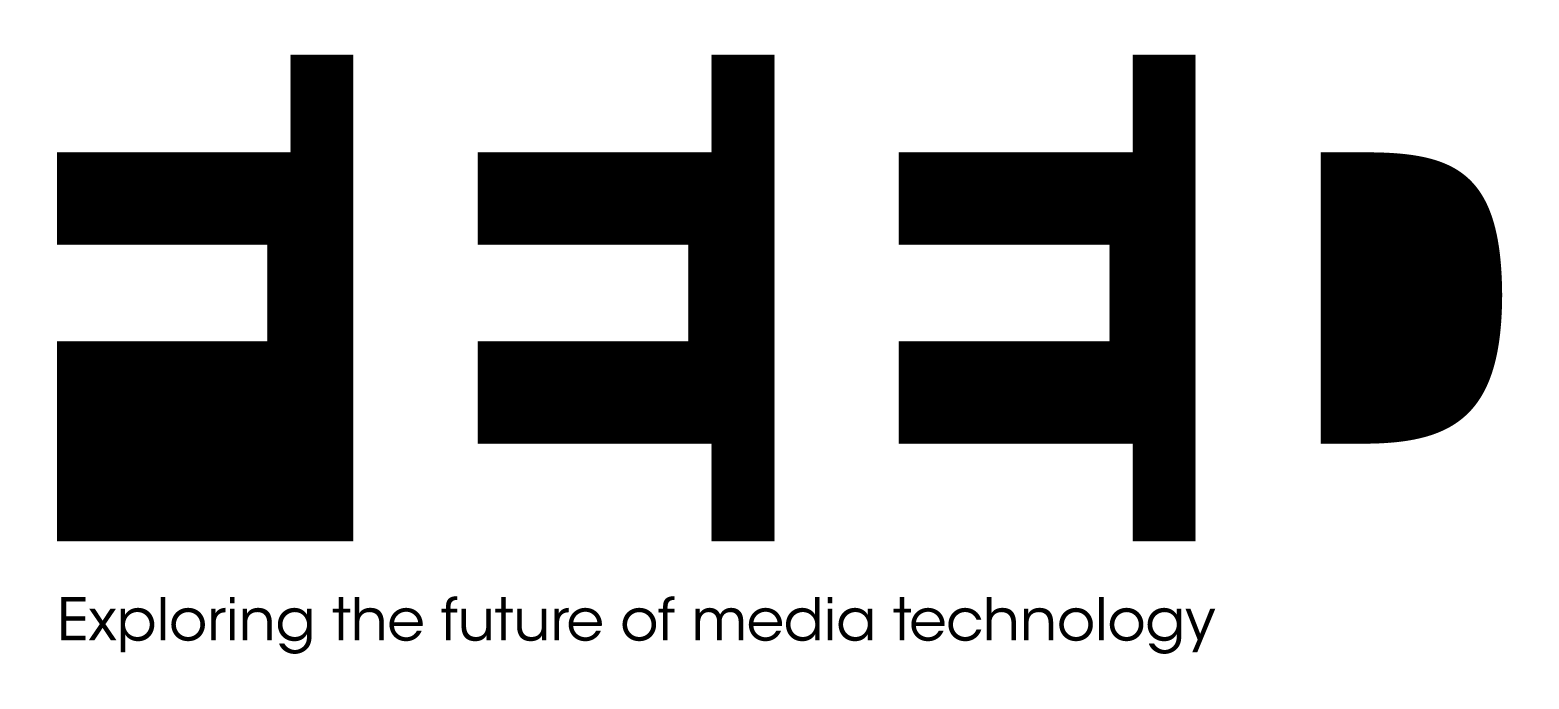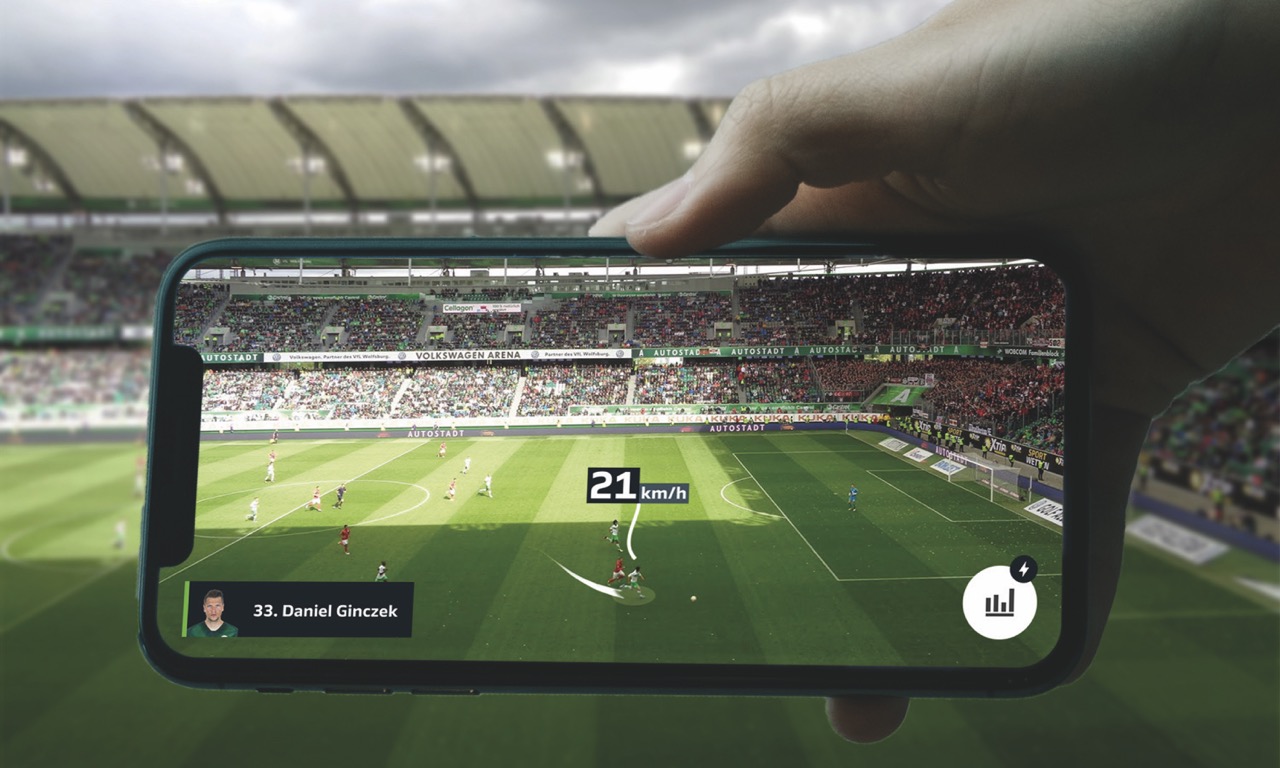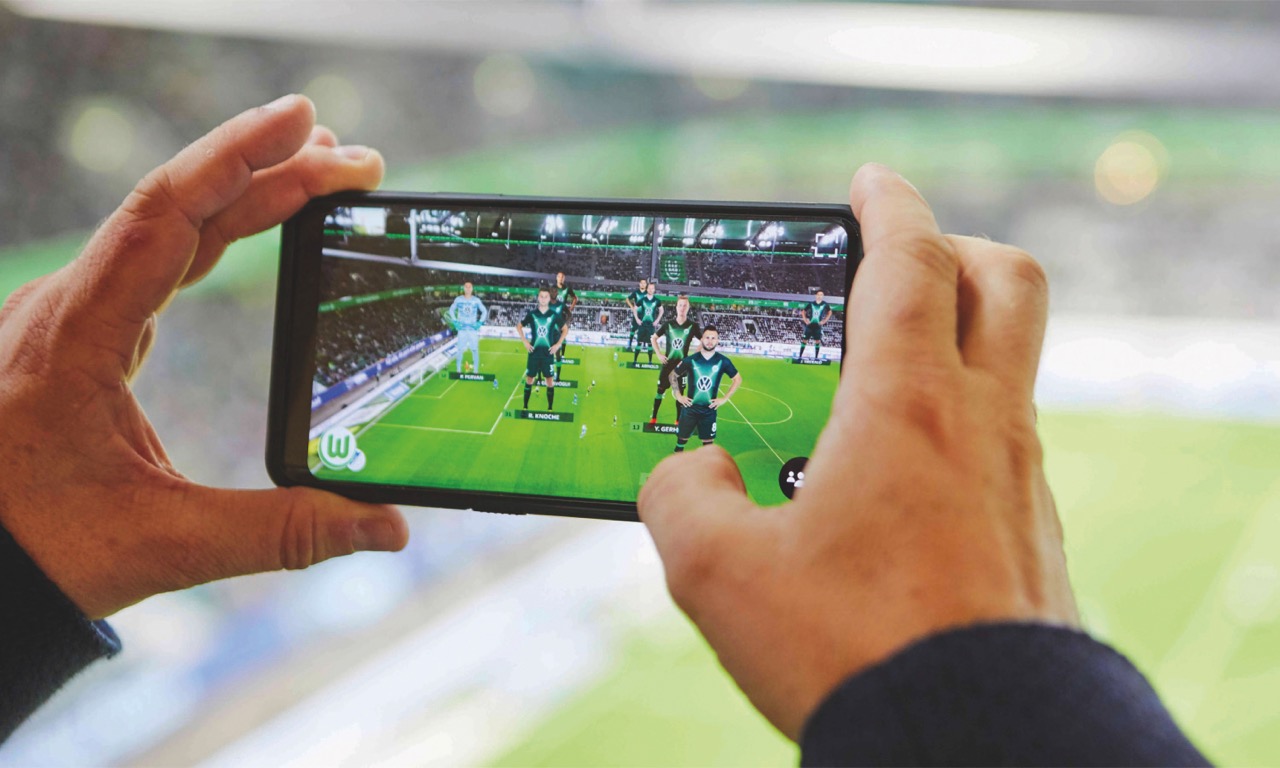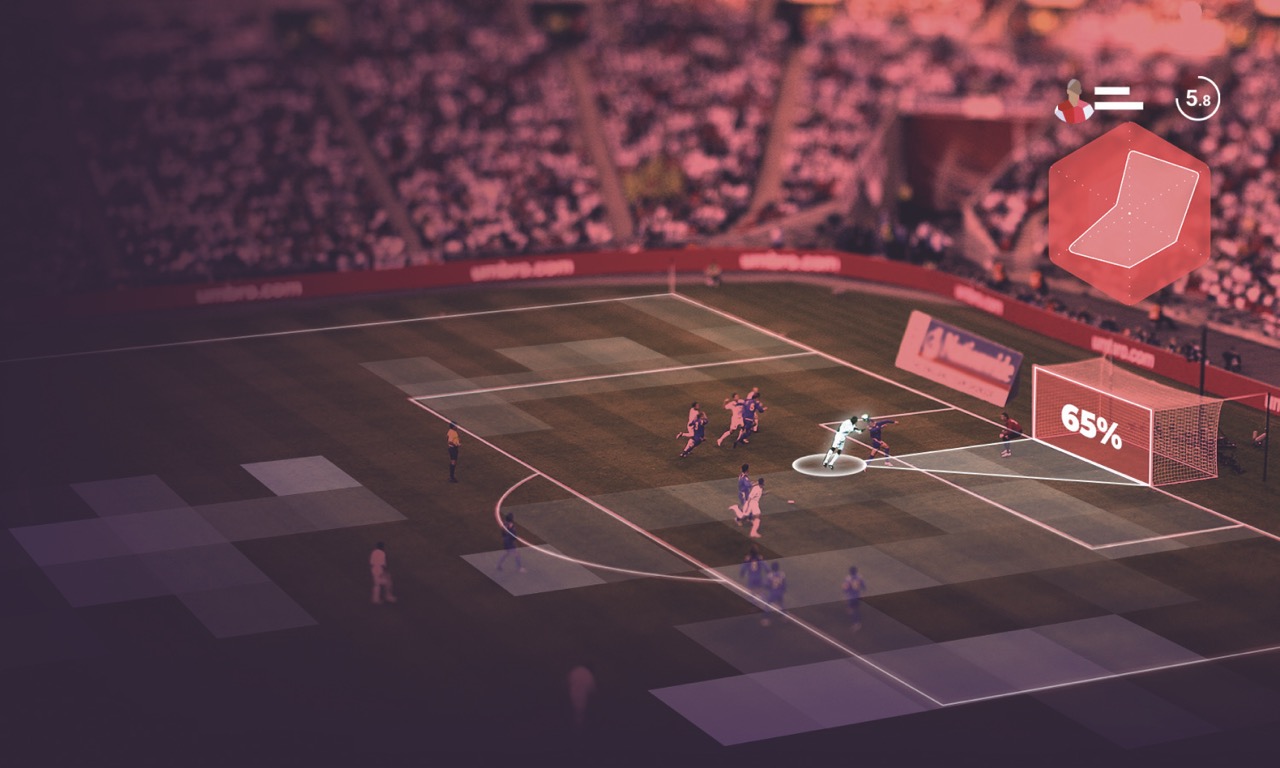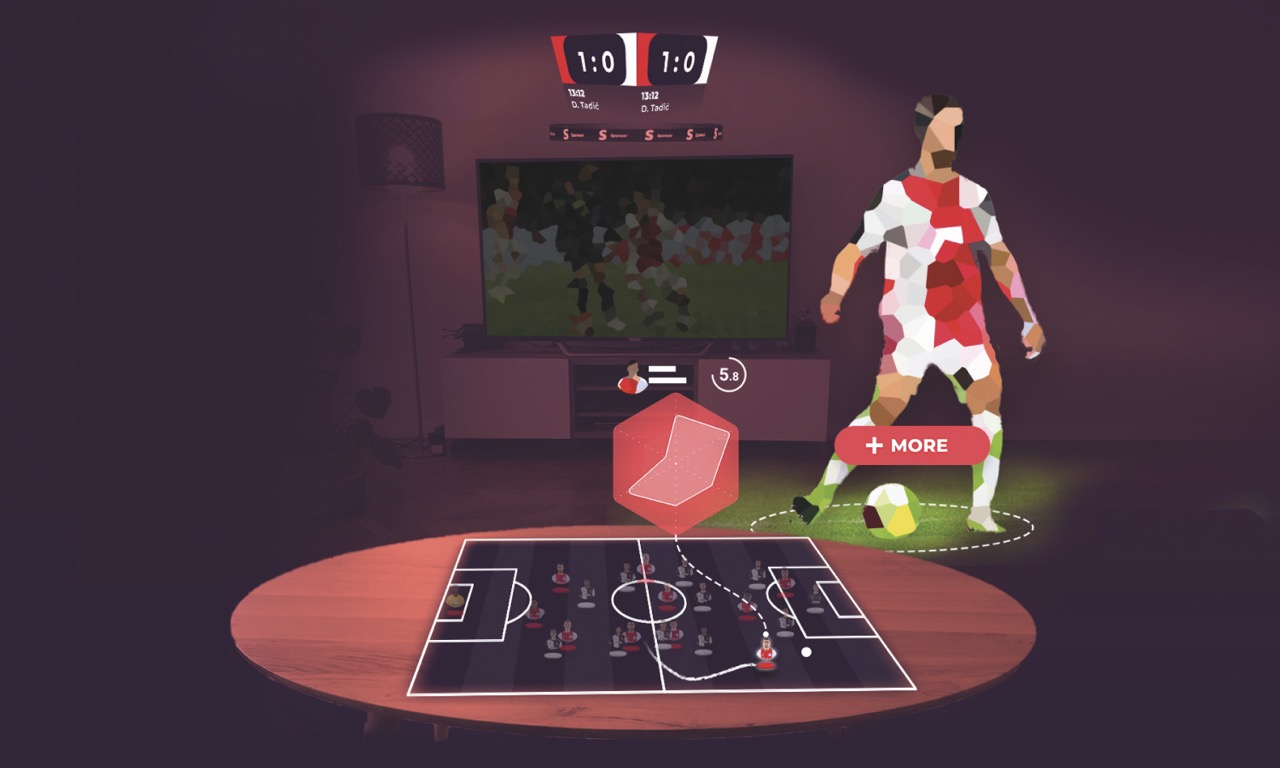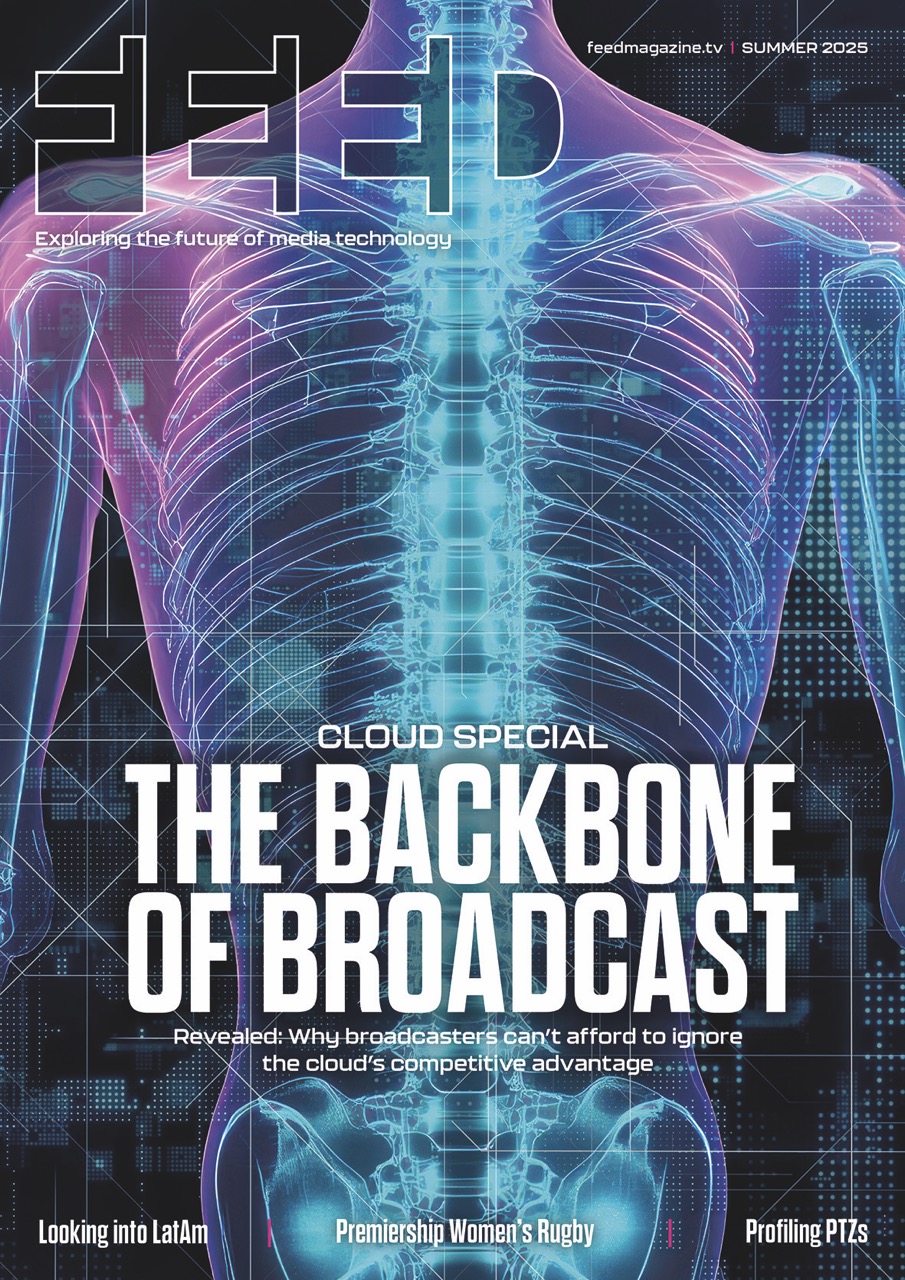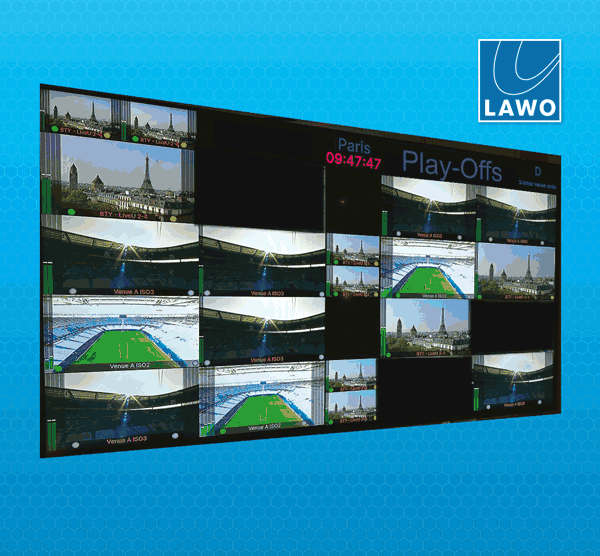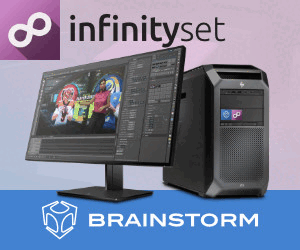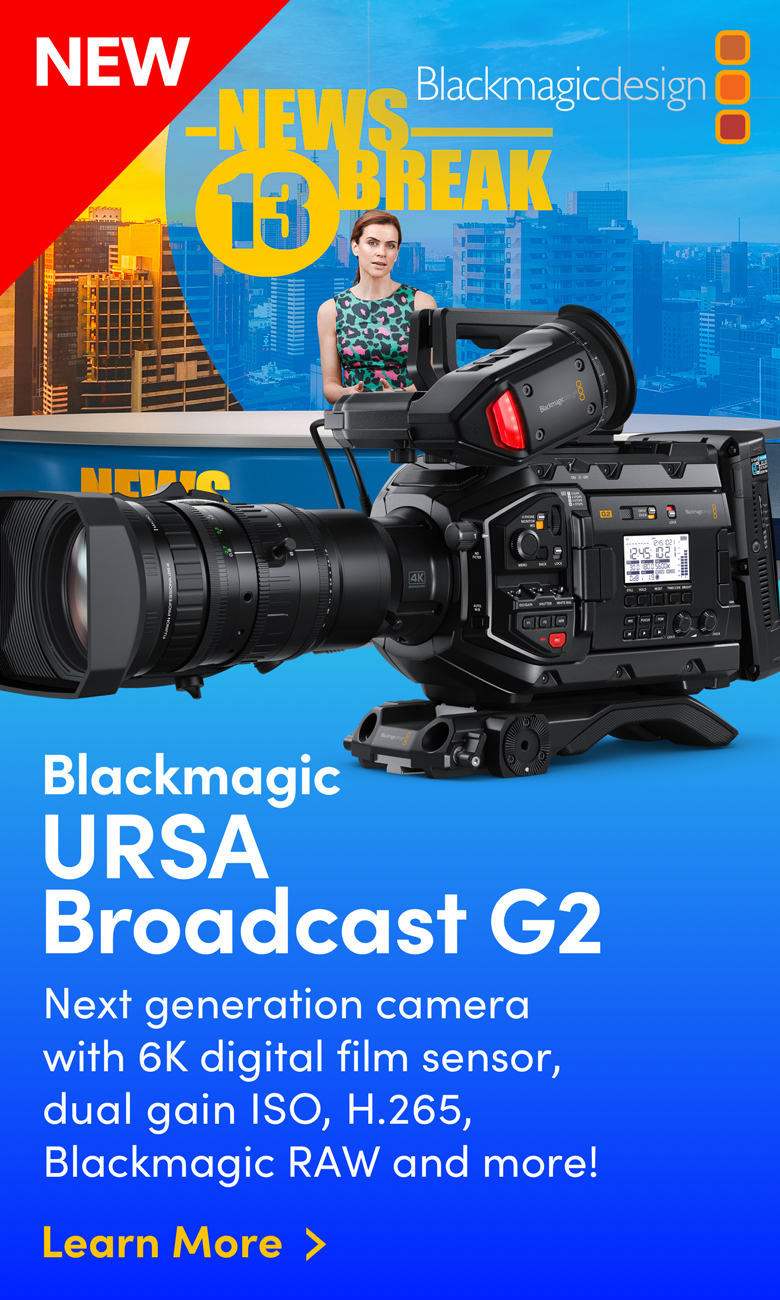Get your head in the game with immersive technology

Posted on Jul 16, 2025 by FEED Staff
When it comes to sports, fans want to feel like they’re in on the action – like they’re part of something greater. We explore how immersive technology is scratching that itch
Words by Katie Kasperson
In the wide world of sports, consumer preferences are constantly evolving. The way we ingest content has undoubtedly shifted, as screens and smart devices take on greater roles in our daily lives and generational trends emerge. Coupled with a growing desire for immersive experiences, technology is now at the forefront of entertainment and, thanks to the latest developments in this arena, sports are as exciting – and interactive – as ever.
In sports (and in life), technology is changing the way we experience reality, extending and augmenting it to make it feel fresh. VR headsets and AR overlays both fall under the XR umbrella, able to digitally enhance whatever’s happening in front of us. Meanwhile, artificial intelligence and machine learning are enabling lightning-fast stats, summaries, instant replays and alternative angles. Volumetric capture stands adjacent, creating 3D models of game action by using multiple cameras.
Other tools, like 360° video and multiview, offer an unconventional perspective on sports, allowing fans to watch several games at once, all from a single screen, or see from an athlete’s POV. Spatial audio, on the other hand, is today’s surround sound, putting the listener at the sonic centre of any event. Whatever the technology in question, sports have become spectacular; rather than merely watching a match, fans can feel fully engrossed in the action.
Fact vs fiction
Extended reality is hardly a novel concept; digital field markings, for example, have been around for decades. The purpose of XR in sports is largely to enhance the fan experience, whether it’s providing additional information (such as who’s out on the pitch) or purely for entertainment purposes (decorative graphic overlays, for instance).
Interaction – also known as audience participation – also isn’t new. From the kiss cam to T-shirt tosses, in-game engagement keeps both diehard fans and casual viewers coming back time and time again.
Now we’re well into the digital age, and major leagues are adopting XR technology like never before. The National Basketball Association (NBA) first began experimenting with virtual reality back in 2013, and it’s since struck a deal with Meta, giving Horizon Worlds players the chance to catch games at the virtual NBA Arena – all they need is a Meta Quest VR headset, which happens to be the official VR headset of the NBA and WNBA (women’s league).
On the flip side, AR overlays are making waves in sports broadcast. During Super Bowl LVIII – which was simulcast by CBS and its subsidiary Nickelodeon – the latter distributor provided a kid-friendly, alternate telecast of the National Football League (NFL) championship game. Using AR technology, viewers saw graphic overlays of their favourite Nickelodeon characters, such as Spongebob Squarepants, Patrick Star and Dora the Explorer. This proved to be popular, raking in an estimated 1.2 million additional viewers as well as standing out on social media.
Outside the United States, it’s no different. Munich’s recently opened SAP Garden – home to the EHC Red Bull München ice hockey and FC Bayern München basketball teams – was designed with immersive technology in mind. An overhaul led by Bright! Studios means the arena incorporates Stage Precision’s SP software to turn tracking data into real-time XR content. “The goal was to turn the arena into a kind of interactive playground,” says Leon Herche, creative producer at Bright!, in a press statement.
To create visual content, the SP system first collects data through tracking chips attached to players’ clothing, as well as hockey pucks and basketballs. Once processed, this information allows SP to trigger graphics and other effects via Unreal Engine and a lighting console respectively. Examples of the arena’s interactive features include on-ice or on-court animations, a light roulette that lands on a spectator at random, an LED ring that responds to wall impacts and so on. Like the NBA, SAP Garden also facilitates Meta Quest headsets, allowing the audience to interact with players – virtually, of course – during games.
“This project wasn’t just about the technology,” stated Herche. “It was about creating a shared experience to bring fans closer to the sport.”
Technologies like Arise from Immersiv.io also work to that mission, whether fans are watching in person or at home. The solution relies on spatial computing to create 3D representations of the action and overlay insights onto video feeds or – through a device – the real pitch.
During the 2024 Major League Soccer (MLS) All-Star Game’s Future of the Game Showcase, for instance, Immersiv.io demonstrated how Apple Vision Pro headsets could allow fans to put themselves in a footballer’s shoes. The experience offered 3D models with realistic player avatars, first-person POV (as a goalie only), in-depth analytics, a 360° stadium and more. Immersiv.io’s tech isn’t just transforming US soccer; it’s also being deployed around the world and across sports: in the Tour de France, NHL, WNBA and elsewhere.
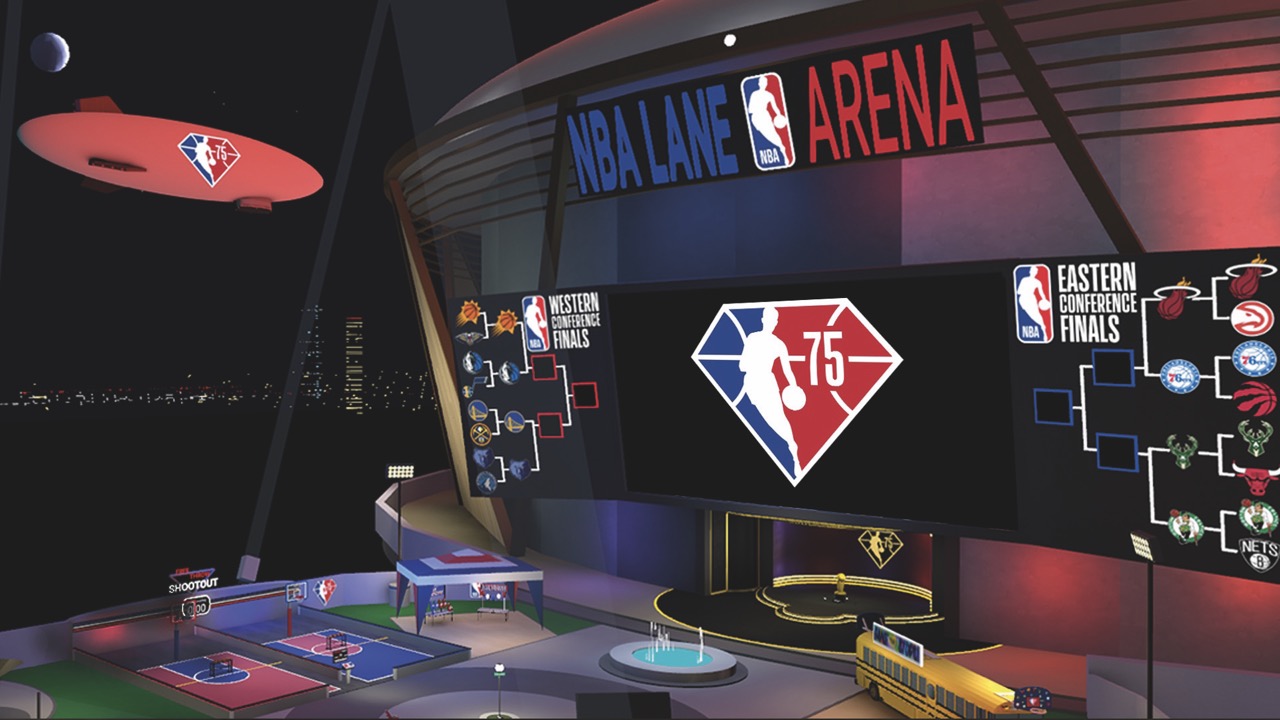
The age of avatars
While sports can appeal to everyone, it seems that young people aren’t as interested. Gen Z are about half as likely to watch sports as millennials are (and twice as likely to never watch them at all). However, they’re more likely to follow individual athletes on social platforms, suggesting that young people are looking for a one-to-one connection and interaction above all else.
Social media can no doubt bridge some of the divide between athletes, teams and their fans, with YouTube emerging as the preferred platform for Gen Z followers to consume sports-related content. Young people’s reputation of having shorter attention spans, while scientifically unsupported, comes across clearly in the numbers – Gen Z viewers watch fewer games than older age groups do, and are quick to turn them off.
This explains why young people are so invested in esports; there’s an inbuilt degree of immersion. Esports also often involve AI avatars – semi-realistic representations of real people, athletes included. These avatars can help professional teams reach the elusive Gen Z audience, making sports more interactive and engaging for a notoriously hard-to-please group of consumers.
Companies like Rock Paper Reality and Play.ai specialise in AI-powered avatars, so brands can offer hyper-personalised, empathetic content and create meaningful connections with their customers. Play.ai also supports multiple languages, catering to a global fan base.
Pump up the volume
Another way to create avatars is through volumetric capture – using ‘multiple cameras simultaneously to reconstruct a scene in full 3D as video’, according to Ben Nunez, co-founder and CEO at Evercoast. Nunez’s company specialises in this ‘spatial video’, as he calls it, creating 3D versions of athletes for virtual and live production scenarios.
Put simply, “we surround someone, multiple people or a large area with cameras. Using that data, our algorithms can reconstruct all of that, so it gives you fully immersive, spatially aware content,” Nunez explains. “This content can then be consumed inside a VR headset, used in AR and can also be used by television broadcasters.” It elevates 2D virtual player cards – also known as tombstones – to a new level.
While Evercoast currently specialises in the replication of a single athlete, they’re gearing up for full game recreation. “The ultimate home run is the ability to capture the full live experience,” states Nunez.
“Fans have always wanted to be part of the game. But not everyone can go to a game, be on the field or be back in the locker rooms interacting with their favourite athletes. They want to do something they’ve never been able to do before, and immersive content enables that in ways we’ve never really seen.”
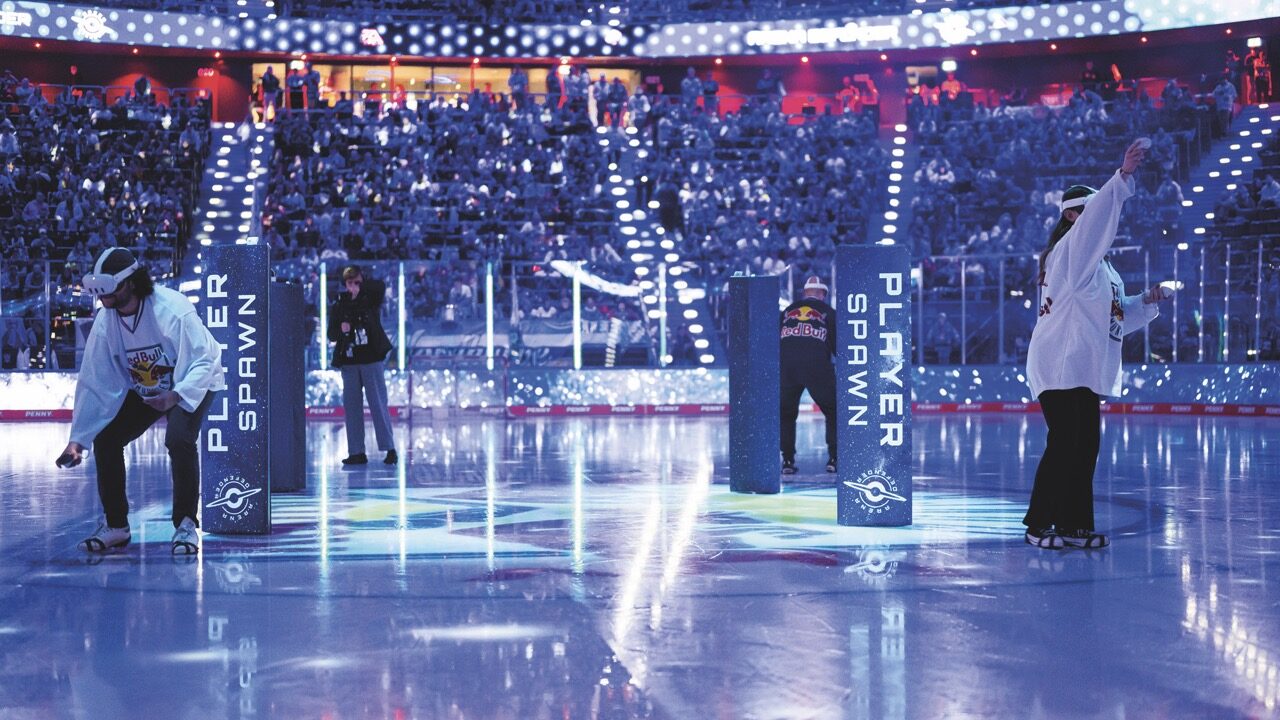
Spacing out
Where there’s spatial video, there’s often spatial audio too, and this sonic technique delivers the most immersive sound there is. Created either physically or digitally, spatial audio adds depth and detail to draw the listener in, putting them at the centre of this sensory experience.
In live sports, spatial audio is the product of a stadium or arena’s acoustic design – a combination of architecture and audio systems. Most venues are constructed from reflective surfaces such as concrete, plastic or steel, creating reverberation and making it even more difficult to maintain audio clarity across such a large space. If uncovered, environmental conditions can also pose a problem, with wind and humidity known to distort sound.
To combat these sonic obstacles, stadiums can optimise their sound coverage with line array systems, directional audio, additional absorptive treatments and simulation software, like EASE (Enhanced Acoustic Simulator for Engineers). The latter tool enables engineers to adjust audio behaviour pre-installation and correct for any architectural or environmental considerations as well.
At-home audio is a little different. Thanks to offerings such as Dolby Atmos, sports fans can have an immersive experience – as long as their entertainment systems support the technology. This requires them to purchase additional equipment like sound bars or speakers, which might only appeal to audiophiles. Fortunately, Atmos is already in use at the Olympics, Sky Sports and TNT Sports (Premier League and Championship), NBC Sports and other broadcasters, which signals immersive audio is on its way to being the norm, rather than a rarity.
Less isn’t more
Today, almost every immersive solution is powered or enhanced by AI, adding efficiency to sporting experiences. The technology can do lots of things humans simply can’t, such as summarising statistics almost instantly, generating highlights automatically and quickly hyper-personalising content. AI has impacted sports both small and large, niche and mainstream – the technology was even used during the 2024 Paris Olympics.
AI is now being used to embellish alternate feeds, such as on Amazon Prime’s Thursday Night NFL games. Referred to as Prime Vision, this streaming option provides graphic overlays, player stats and other insights in real time. According to Hub Entertainment Research’s Evolution of Sports Media report, 70% of viewers felt favourably towards Prime Vision, while 26% said its AI features made the game ‘more exciting and immersive’.
Due to changes in media rights, sports are now available to watch on streaming services like Amazon Prime in addition to traditional broadcast TV. Smart TV owners can make special use of their streamers, even enjoying features like multiview, which allows them to watch up to four events at once. Comcast Xfinity X1, for instance, supports multiview thanks to Mediakind’s cloud-native video SaaS platform, MK IO. Now, X1 users can toggle between live games (and their audio) and jump into and out of full-screen mode – changing the way they experience sports. No more fighting over the remote or sitting in separate rooms – or going to a sports bar to catch more than one game at once; multiview’s true power is in bringing people together.
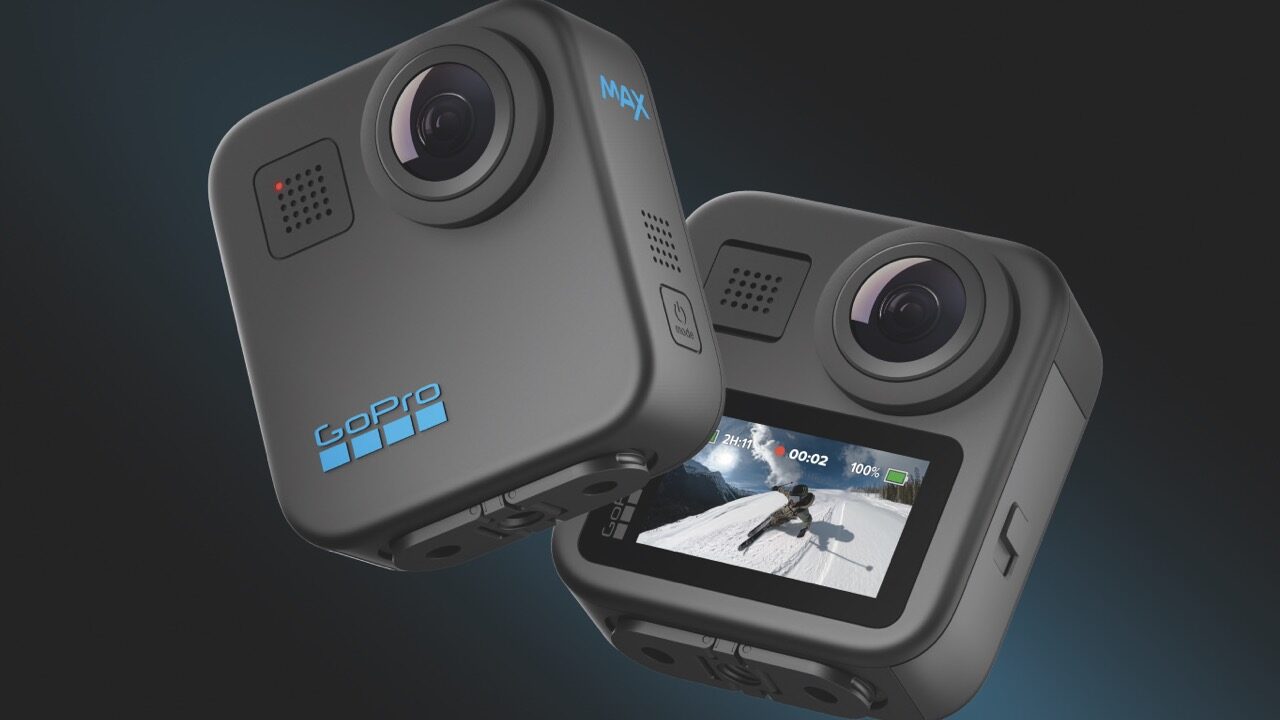
Three-sixty vision
What if you could watch a sporting event from the athlete’s POV? Tools like 360° video make this possible, taking viewers off the sidelines and placing them in the action.
GoPro’s Max camera is a leader in the 360 realm, blending immersive, 5.6K video with high-quality audio, stabilised shots, flexibility in aspect ratio and a myriad of other features accesible in post-production.
The tiny camera comes with four lenses – narrow, linear, wide and Max SuperView – and six built-in microphones, boasting the best sound of any GoPro and packing a serious punch for such a small body. The Max also adds invisibility to the mix, removing ski poles and other athletic equipment for an even more immersive experience.
While body cameras aren’t standard for major league sports, devices such as the GoPro Max have found a firm place in solo events like skiing, surfing, snowboarding and dirt bike racing – particularly when helmets are involved. The camera includes a simple mounting system, making it easy for athletes to set up and press play. If storm-chasing can be considered a sport, GoPro can also come in handy; 20 cameras were used to film Twisters (2024), taking audiences into the eye of the storm and capturing the blockbuster action from every angle.
We’ve seen a boom in immersive technology across all industries (film included too), with the big question being, ‘why now?’. According to Nunez, “there are two things at play. One is the ability; it’s only now that, with camera technology and AI and algorithms, it’s more cost-effective and technically possible to do these things.” The other side of the coin, he continues, is the novelty itself. “This kind of content gives fans a way to engage with sports like they never have before. You’re going to feel like you’re there.”
This feature was first published in the Summer 2025 issue of FEED.
